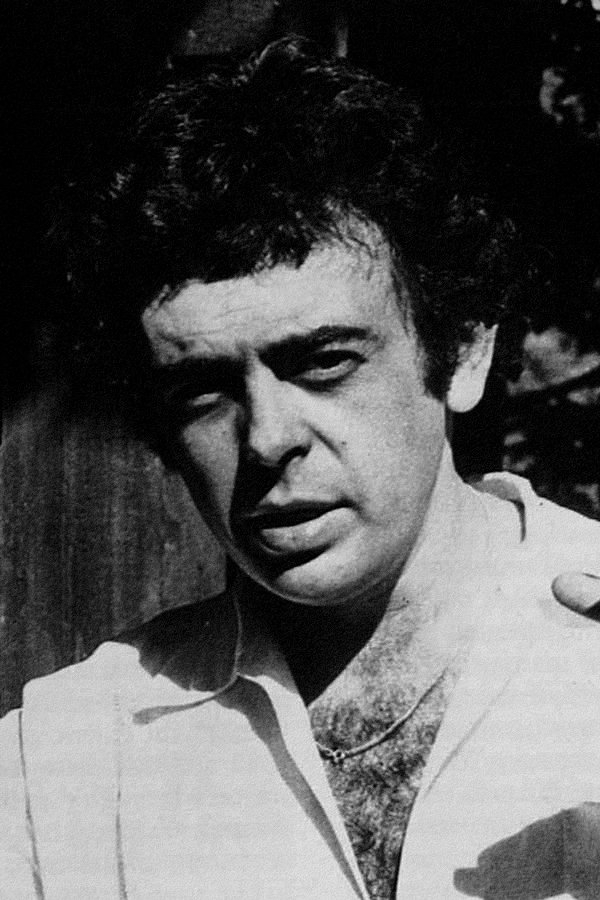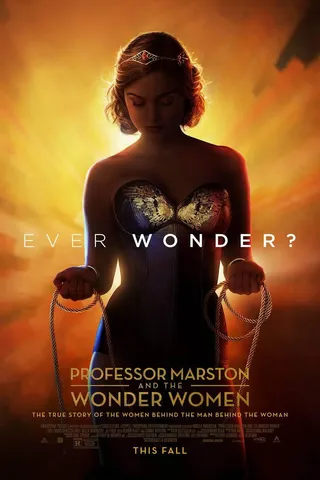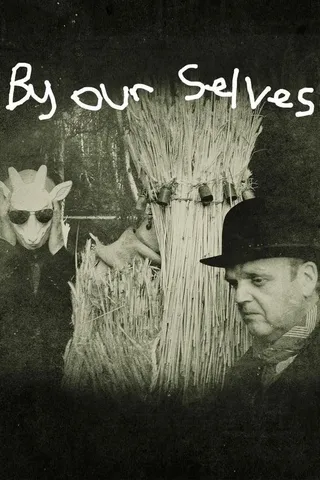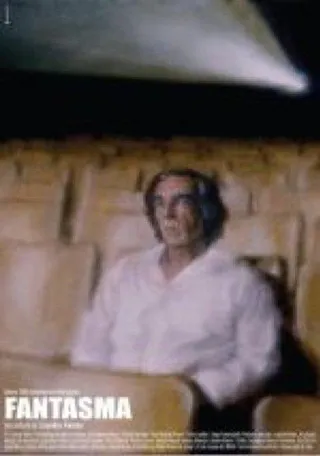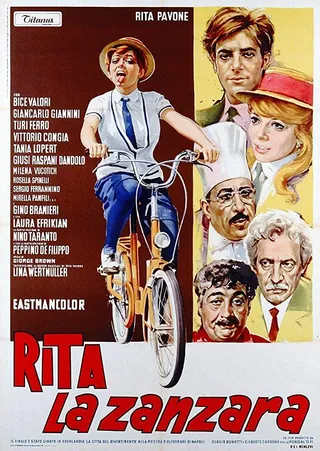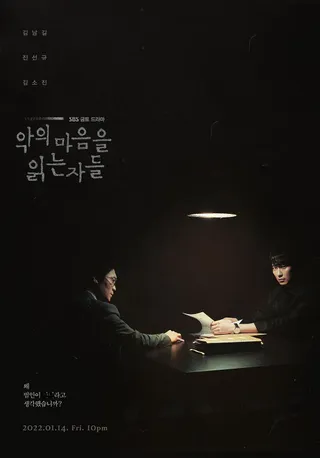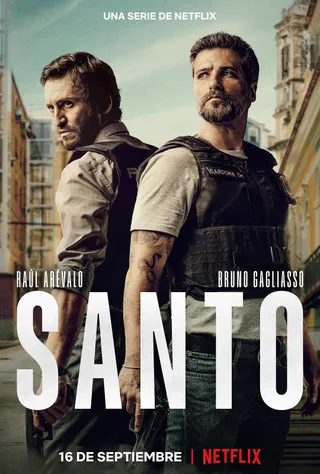亚马逊,亚马逊
Amazonas, Amazonas (1965)
电影
巴西
葡萄牙语
纪录片
短片
巴西电影导演罗恰只身深入亚马逊丛林,用极具个人风格的影像记录下巴西民族的母亲之河的美景和沿岸土著人的生活景象。
An ordered film, a classical documentary about the beauties and the natural..
查看全部
巴西电影导演罗恰只身深入亚马逊丛林,用极具个人风格的影像记录下巴西民族的母亲之河的美景和沿岸土著人的生活景象。
An ordered film, a classical documentary about the beauties and the natural wealth of the Amazon region. We can consider typically glauberian: the lyric ravishment of the takes, and the well characteristic insistence on the nationalistic and progressive concerns of the director, with the concrete presence of the image of working people, the urban sequences, and of the product, the merchandise. Glauber Rocha was commissioned to film the beauties of Amazonia. The result is very "Glauberian" in the lyrical treatment of the shots.
In 1966, while he was waiting for the beginning of his new motion picture, Glauber Rocha produced two short length documentaries as follows: "Amazonas, Amazonas" and "Maranhao 66"; the plot of the last one referring to the entrance into office of the then Governor Jose Sarney. The next film, "Terra em Transe" got also distinction and prizes of the international review. Before his third long-length motion picture, he had a new experience, "Cancer"; and then, with the film "O Dragao da Maldade Contra o Santo Guerreiro" he got the prize of the best motion picture director of Cannes Festival, in 1969.
导演:格劳贝尔·罗恰
编剧:
主演:

